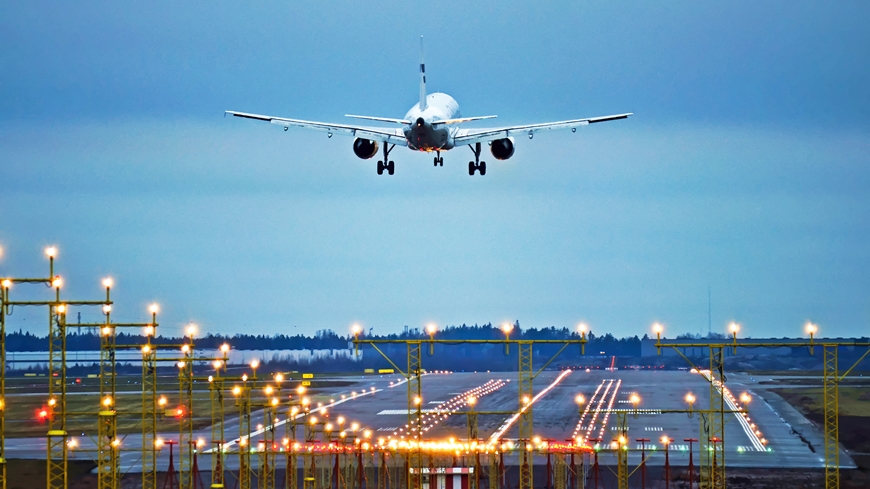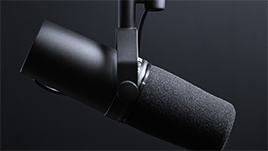Research on greener aviation
On the way to optimized approach procedures
Aircraft also make noise on approach, which is often underestimated. A research project involving Empa has shown that it is quite possible to reduce noise during approach, to avoid particularly loud approaches and at the same time to reduce fuel consumption. In the future, pilots shall receive software assistance to help them better manage the complex relationships between air traffic control, flight mechanics and environmental impact.

Car drivers will be taught "anticipatory driving" during driving lessons to avoid unnecessary acceleration and braking manoeuvres as far as possible. Anticipatory driving helps to save fuel, avoids unnecessary noise and also prevents some dangerous situations. Not only on the road, but also in the air, much can be gained by "anticipatory flying". On the one hand, it saves kerosene and reduces CO2 emissions, while also reducing noise. The current approach assistance and the instructions issued by the air navigation services provide the pilot with heading, altitude and speed. However, it is up to the pilots on approach to reduce thrust and extend the flaps and airbrakes at the ideal time. Wind speed and direction are only known for the runway itself, but not for the entire approach path. This means that pilots lack important data to make an approach as "smooth" as possible. Sometimes the speed must be reduced, e.g. by using airbrakes, and then a little more thrust must be applied. On the one hand, this leads to more noise, but also to increased fuel consumption and higher CO2 emissions.
Quieter approaches thanks to pilot assistance system
In recent years, the German Aerospace Center (DLR) has therefore developed a new assistance system that shows the pilot via a display in the cockpit when exactly which action is to be performed for a low-noise approach. The new system, called LNAS (Low Noise Augmentation System), was tested by DLR in September 2019 in a joint research project with the Swiss SkyLab Foundation and Empa on board of the DLR research aircraft ATRA (Advanced Technology Research Aircraft) during 90 approaches to Zurich Airport. The results of the evaluated flight tests in Zurich were positive: it was possible to avoid particularly noisy approaches, the average noise level was reduced and, extrapolated to the Swiss A320 fleet (2017), annual savings of 3000 tonnes of kerosene and 9000 tonnes of CO2 were calculated. In the medium term, LNAS should be implemented as an industrialised solution in the flight management system of regular scheduled aircraft.
Subsequent EU research project DYNCAT
Since July 2020, DLR has been coordinating the continuing research project DYNCAT (Dynamic Configuration Adjustment in the Terminal Manoeuvring Area), in which Swiss International Air Lines and THALES group are involved in addition to the existing research partners. The aim of the research funded under the European Horizon 2020 and SESAR (Single European Sky ATM Research Programme) programmes is to enable more environmentally friendly and more predictable flight profiles, particularly during approaches. The focus is on assisting pilots in configuration management and analysing the impact of air traffic control requirements.
Over the next two years, DYNCAT will therefore analyse the impact of current regulations on pilot workload, safety and the environment (fuel consumption, CO2, noise). Proposals for changes to procedures on board and on the ground will be drawn up and the necessary technical and regulatory conditions will be identified. In addition, the environmental and economic potential of the proposed improvements will be demonstrated by simulating and testing the new tool at an early stage as a prototype in a real flight management system. The tests will be performed and evaluated by external pilots using the Thales test platform. In addition, testing in the simulator will already generate realistic trajectories, which will be fed directly into the aircraft noise simulation programme sonAIR to assess the noise impact.
Access to records of actual flight deck data, the related issued instructions of air navigation services, meteorological data and noise measurements for a large number of operations in Swiss airspace on the one hand and the implementation of the improved functionalities on an industrial test platform on the other hand enable a high validity and relevance of the results.
Dr. Christoph Zellmann
Acoustics/noise reduction
Phone +41 58 765 42 97
Further information about the DYNCAT project
Additional technical information
This project has received funding from the SESAR Joint Undertaking under the European Union's Horizon 2020 research and innovation program under grant agreement No 893568.
Project partners
- German Aerospace Center (DLR)
- Swiss International Air Lines
- THALES AVS FRANCE
- Swiss SkyLab Foundation
| Audio |

In the podcast, Oliver Süess talks to acoustics researcher Kurt Heutschi about absolute silence and Empa's anechoic chamber. Podcast "5 minutes of silence" for listening on Spotify, Apple Podcast and podcastlab.ch, 18:47 min.
-
Share





